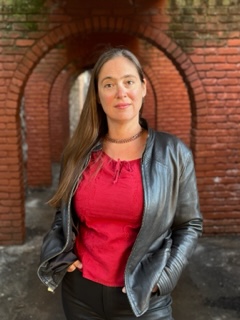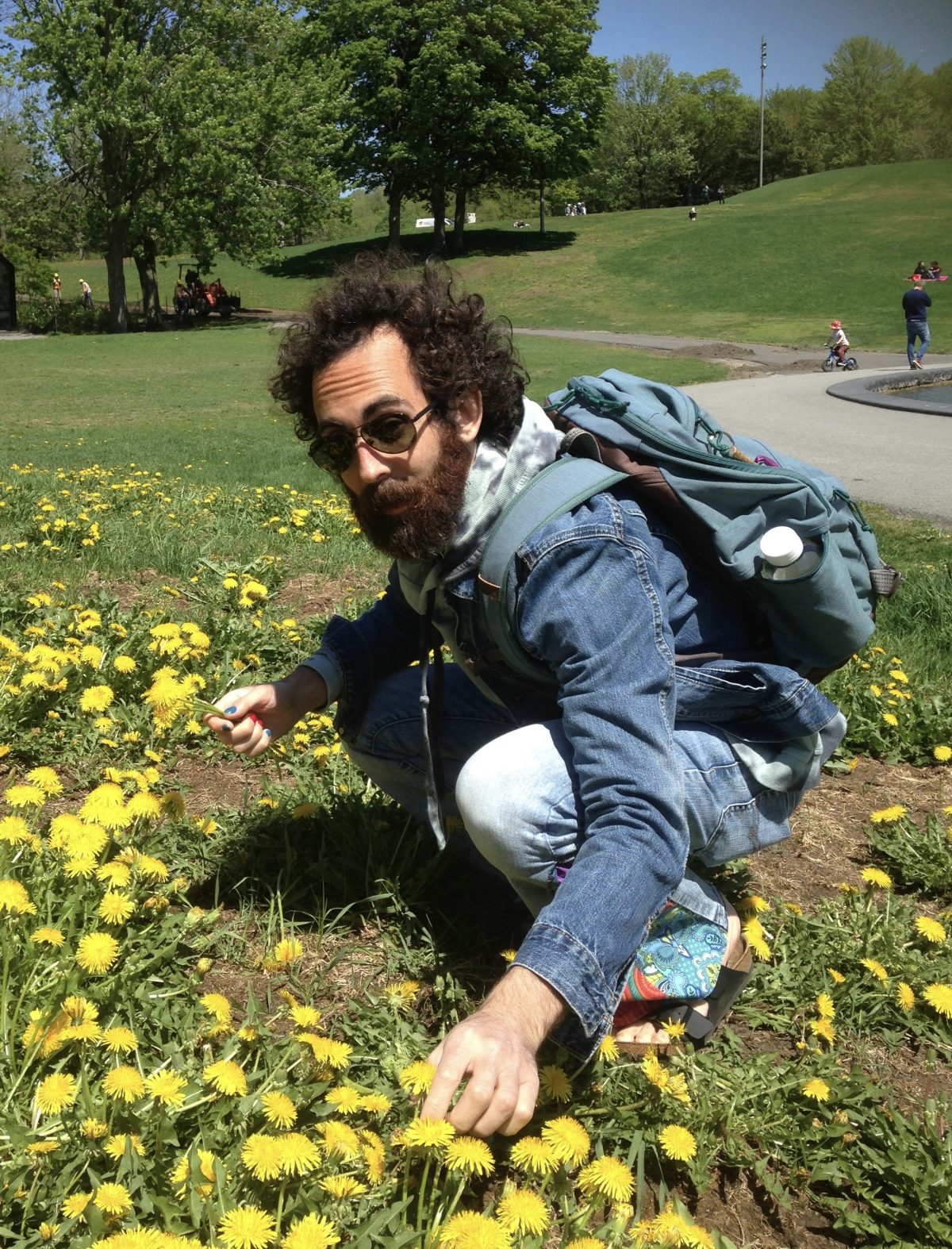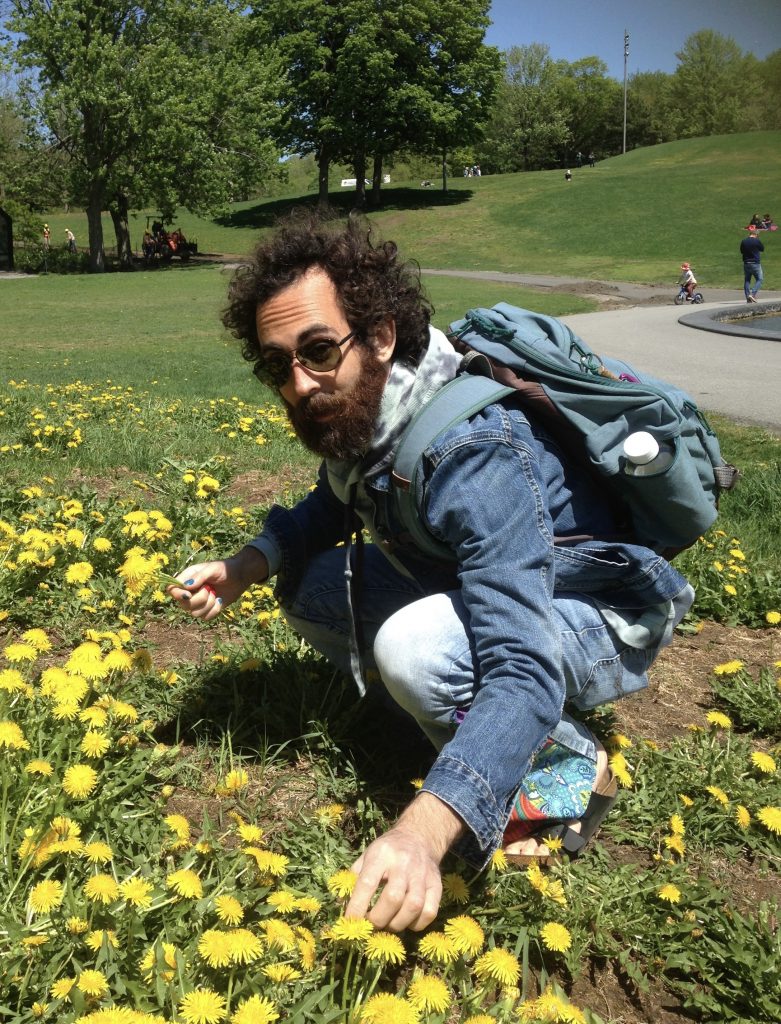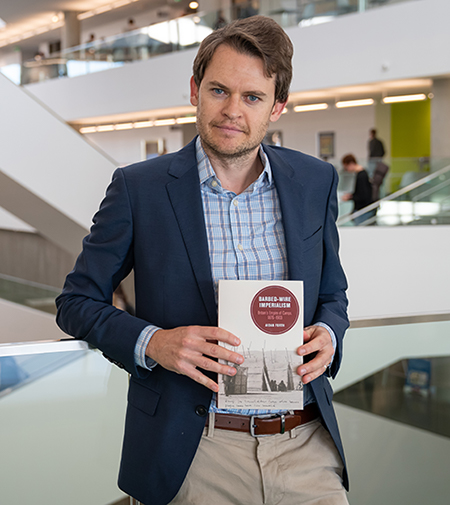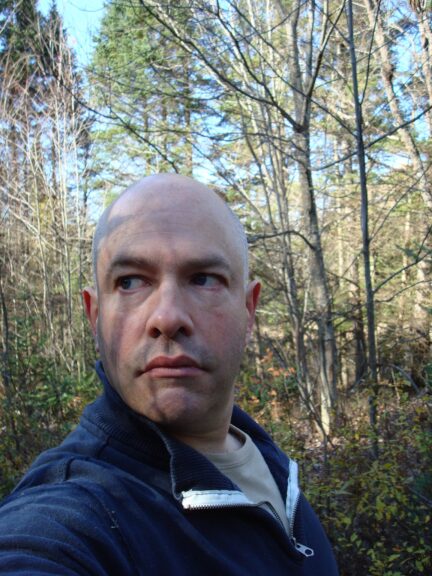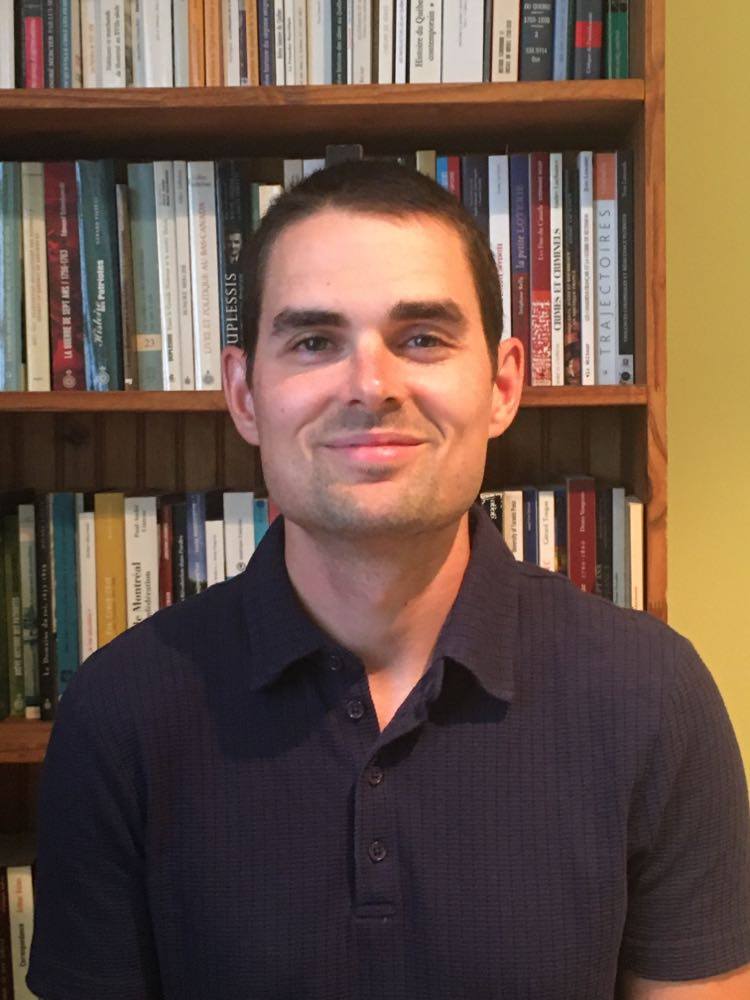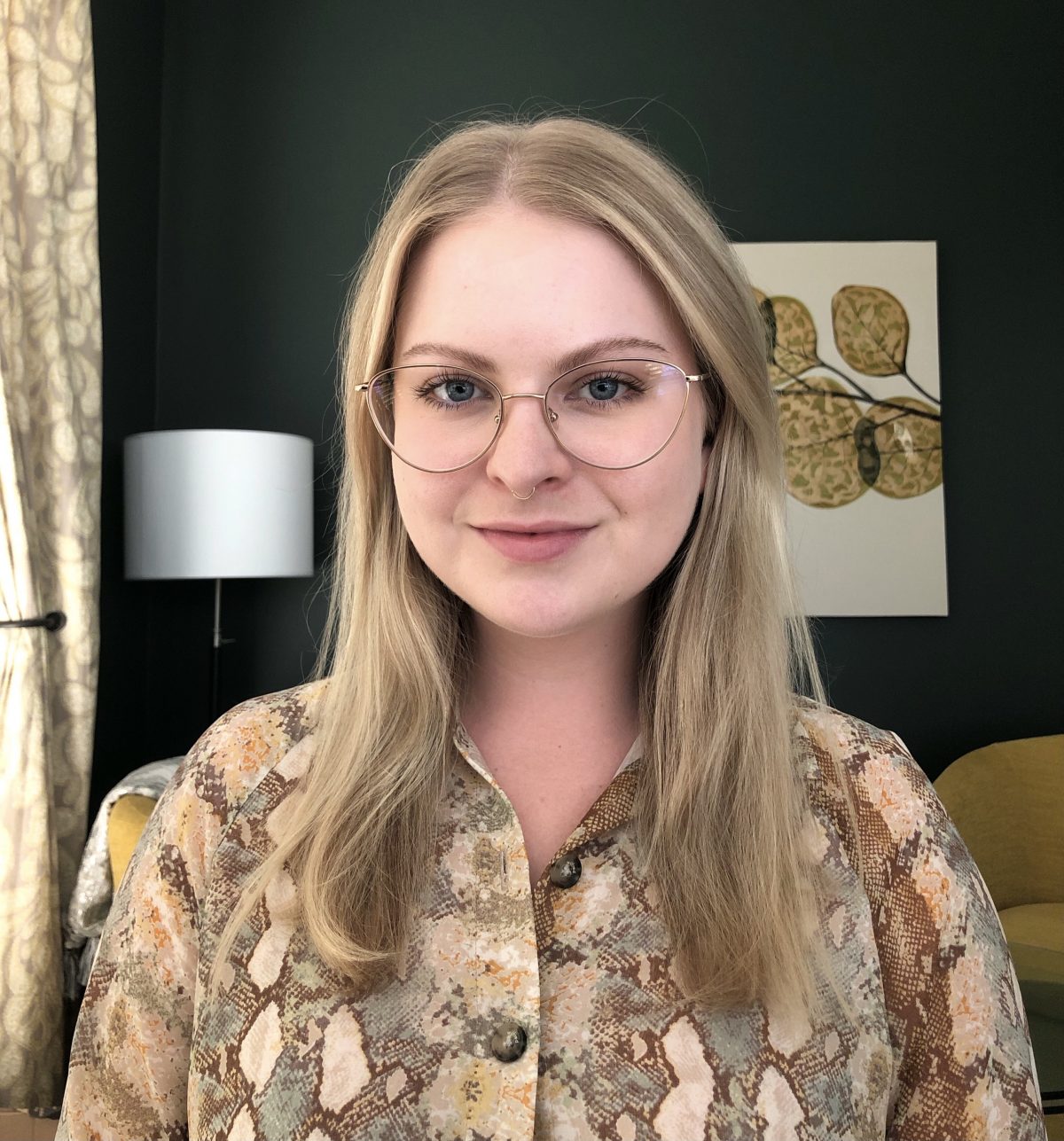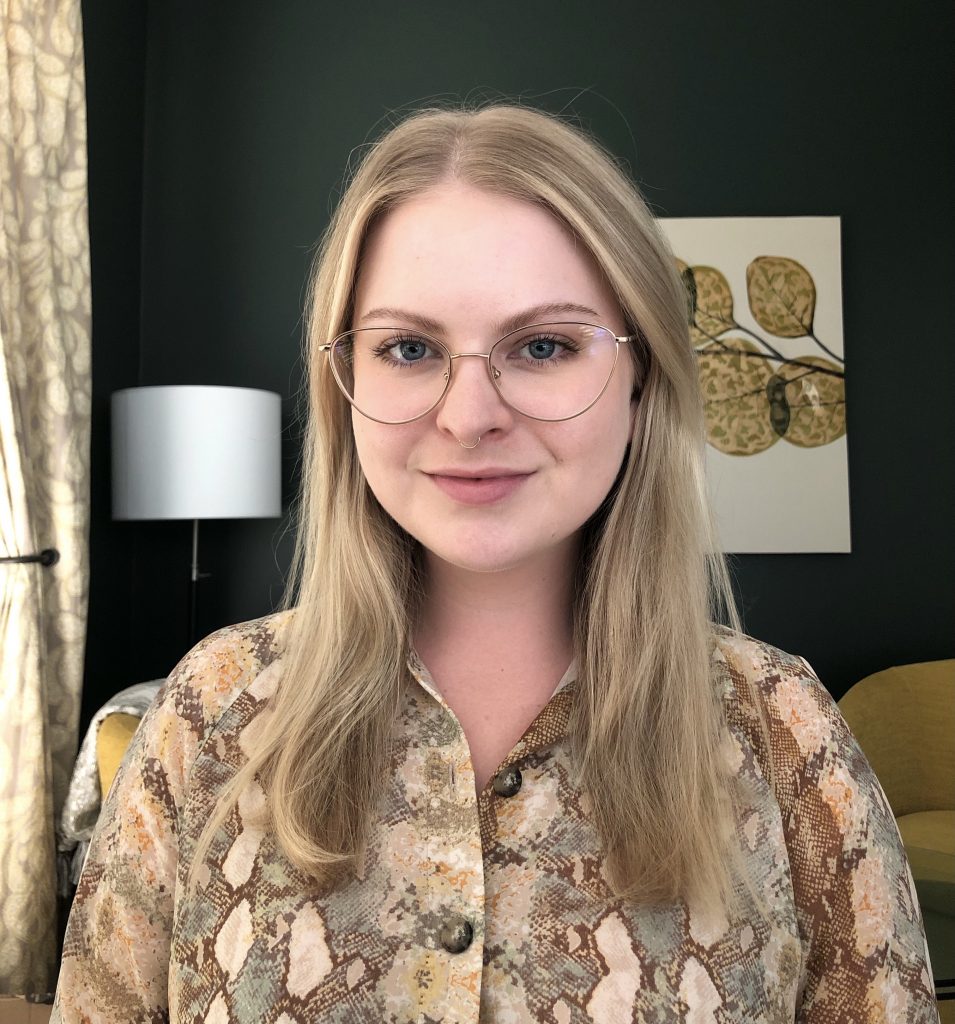Suzanna Wagner is an independent scholar, focusing on Canadian health history between 1890 and 1930. She is currently the Historic Sites Program Coordinator with the Government of Alberta. She is the author of “Households Large and Small: Healthcare Civilians and the Prominence of Women’s Work in the Edmonton Bulletin’s Reporting of the 1918 Influenza Pandemic ”. You can read her article in JCHA/RSHC 32 no. 2 (2022).

Your work focuses on the history of health between 1890 and 1930. How did you come to be interested in this period?
It all started with a job I didn’t want. In the midst of my undergrad, I got a much-coveted summer job working at a living history site. I campaigned for a position focused on the fur trade – but was instead assigned the 1920s. To say I was disappointed would be an understatement. Fortunately, it didn’t take very long before I became intrigued by the diversity and contradictions of the 1920s in Western Canada. The juxtaposition of modern technologies with time-honoured technologies, the dramatic differences between rural and urban life, the many and varied situations of women and especially the post-war experiences intrigued me.
I found the stories of the First World War Canadian Army Medical Corps Nursing Sisters so fascinating that I went to grad school to investigate further. This resulted in a thesis that considered the nursing sisters’ work in Greece and Egypt from 1915-1917. As I read about the social and healthcare/nursing landscape from which these nursing sisters came and their post-war legacy, I found more and more intriguing histories including public health infrastructure development, material histories, and changing healthcare attitudes and practices. So, I ended up focusing on healthcare and social history from 1890 to 1930.
In your conclusion, you say that “for a time after the crisis passed the value of that care […] was acknowledged and praised”. What would you say was the long term effect of the increased importance given to domestic labour?
I wish I could say that there was a long-term effect, but at this point at least, I’m not convinced that domestic labour or care-work were publicly appreciated in any significant way once Edmonton had gotten over the worst of the influenza. Nor does it appear that the prominence of domestic labour and care-work during the epidemic changed the way this labour was experienced or considered afterwards.
Given both the timing of the epidemic and that care-work and domestic labour were (and still are) highly gendered activities, this query could be tied to the question of whether women’s work in the First World War did anything to advance their claims to equal rights, suffrage and opportunities afterwards.
While there are a range of answers to the latter, in both cases, it seems that the desire for a return to normalcy encouraged people to push back on anything tangible and controllable that had changed. For instance, while it was out of Edmontonians’ power to bring back those who died, they could stop talking about laundry in the newspaper. Taking small steps to return to normalcy had the side effect- likely unintended and perhaps not even initially observed- of pushing domestic labour back into the confines of private homes and out of public view.
Regardless of how hidden the work may be, exploring the practicalities of daily life remains vital because it allows us to get a better sense of the diversities of lived experiences. More recently, COVID has once again demonstrated that domestic burdens can disproportionately affect women. It’s a timely reminder of the basic importance of studying these issues.
What were the main challenges you encountered in primarily working with the Edmonton Bulletin newspaper?
You mean aside from blurry printing? I shouldn’t complain- the Edmonton Bulletin has been digitized and is keyword searchable.
The limited demographic focus of the paper’s writing was a challenge. The Edmonton Bulletin certainly illuminates the impressions and experiences of the elite of the city well, but overall it provides incomplete impression of Edmonton’s population in 1918. I was struck, for example, by the scant references to Catholic institutions and clergy. I’m currently working on research that will help to sketch out this part of the Edmonton influenza story.
The biggest remaining question for me at this point surrounds the internal workings of the newspaper. I would like to have had more information about the Edmonton Bulletin’s writers and how their work was influenced by the epidemic.
Where is your research headed now?
Out east (of Edmonton)! I’ve started to investigate how the 1918 influenza affected rural populations in the east-central part of Alberta, including the Ukrainian bloc settlement area. The experience was markedly different than what we see in Edmonton and is important to help us understand the ethnic dynamics at play during the influenza epidemic.
I’m also expanding my research on Canadian military nursing sisters of the First World War in several separate directions simultaneously, prompted by questions I wasn’t able to address in my thesis and the discovery of some exciting new primary sources!
Have you read anything good recently?
I’m in the middle of two fascinating books right now: The Culture of Flushing: A Social and Legal History of Sewage by Jamie Benidickson (UBC Press) and Good Intentions Gone Awry: Emma Crosby and the Methodist Mission on the Northwest Coast by Jan Hare and Jean Barman (UBC Press).
I’ve long been intrigued by the development of sewers and public health policies, so when I saw The Culture of Flushing on sale, I added it to my cart without so much as a second thought. Good Intentions Gone Awry was another impulse purchase: it seemed appropriate for grappling with some of Canada’s tragic histories while simultaneously gaining a more well-rounded understanding of the role of Protestant women in missionary work. The book uses the letters of Emma Crosby, a late 19th century Methodist missionary(’s wife) alongside commentary from Hare and Barman to paint a vivid picture of the thought world which supported the missionary work, the peculiarities of white women’s work and experience of missionary callings of as well as the tragic, if unintended, consequences of these efforts.

